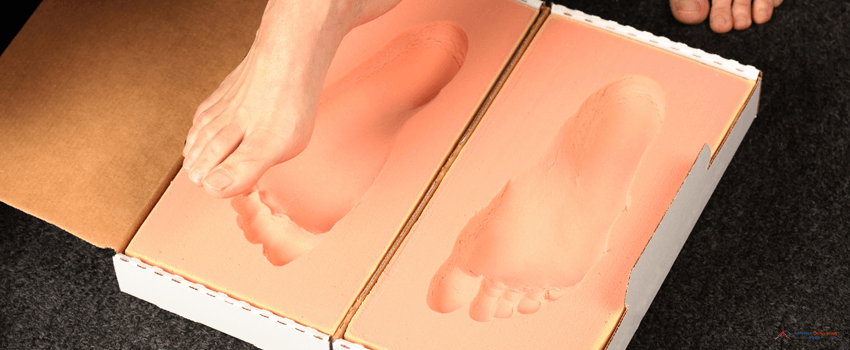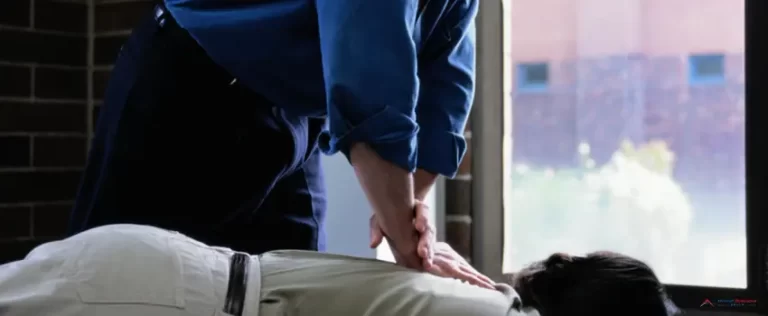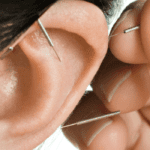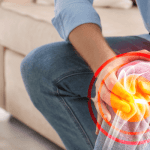Many can attest to the amazing benefits of orthotics, insoles, and inserts. Perhaps you already have friends and family urging you to give them a go.
The benefits of insoles, orthotics, and inserts are undeniable; they help with issues in the foot, hips, knees, and back and give you relief from pain. They also make your footwear more comfortable. But what is the difference between orthotics, inserts, and insoles? Are they any different at all?
Orthotics
What are orthotics? Orthotics are medical devices that correct the alignment and provide support for the bones and ligaments of the foot. They can relieve pain, reduce pressure, prevent foot problems, and restore normal foot function.
Orthotics and insoles have many similarities; sometimes, these words are used interchangeably. Orthotics also absorb shock like insoles, but that is not their primary purpose.
Materials and Use
They are often custom-made by a podiatrist. But, they are also available off-the-shelf.
Orthotics are classified into three types based on the materials used and their use:
-
Rigid or Custom-made – These orthotics are made for patients with biomechanical disorders like over-pronation. You can only get them from a podiatrist.
-
Heat-molded – These orthotics are used as a standard, “off-the-shelf” flexible device. Your podiatrist can easily change the shape of heat-molded orthotics by applying heat to their medium-firm density material to ensure a better fit. You can also add wedges for a more customized result.
-
Off-the-Shelf or Pre-made – These inserts are made of soft-medium density material patients can purchase from a podiatrist. Most patients find them very comfortable and easy to use, and they adjust to a patient’s foot after several weeks of use due to body weight and heat. Elderly and young patients are often offered these types of orthotics because they are more tolerable and comfortable than rigid orthotics.
Insoles
The shoe part located under the foot’s sole is called the insole. Sometimes, insoles are also called footbeds. Some are attached to the shoe; some are removable and replaceable with orthotic insoles that offer more arch support and cushioning. This also means you don’t need to buy a new pair of shoes just to buy insoles.
Materials and Use
Insoles are made to absorb shock and cushion the feet. They provide comfort but are not to treat or prevent biomechanical problems.
Most insoles fit most shoes. Some are made for specific activities like running, and some, like orthotic insoles, were made for those with different foot characteristics like flat feet or high arches. You can also find insoles that help with smelly feet and lower-back pain.
Manufacturers use additional support and padding materials to make insoles like gel, cork, leather, and memory foam. However, these are too soft to provide the proper support needed. Generally, foam is best for pressure relief, cushioning, and support. Gels work well for shock absorption. Cork and leather work well for light cushioning and feel.
You can purchase insoles that you can trim down to the size you need. You can also buy custom-made insoles for your feet.
Inserts
Shoe inserts enhance the fit of one’s shoes that come in many forms like pads, cups, cushions, and liners placed on specific areas inside the shoe, like under the heel or ball of the foot.
Orthotics and insoles can be considered shoe inserts. But, the term “inserts” also applies to heel inserts and liners, ball of foot cushions, and shoe inserts for flat feet. Aside from not needing to visit a podiatrist to buy inserts, there’s nearly no difference between insoles and inserts.
Other examples of inserts are heel cups, heel lifts, and metatarsal pads. Heel cups absorb shock for patients suffering from heel pain. People with plantar fasciitis shouldn’t get them because they don’t treat the root cause or provide long-term treatment.
On the other hand, heel lifts elevate the heel and relieve pressure from injured calf muscles or Achille’s tendons. You wear them in both shoes unless you’re using them to correct any leg length discrepancies.
Lastly, metatarsal pads are placed behind the ball of the foot to provide relief for Morton’s neuroma patients. The extra cushioning they offer on the balls of the feet makes them a favorite for many women who wear high heels.
Tips for Wearing Orthotics, Insoles, and Inserts
-
Your orthotics should fit comfortably into the soles of your shoes, whether you bought them in a store or had them custom-made by a podiatrist. They shouldn’t rub your feet or cause pain. You’ll get used to them in several weeks or days.
-
Take out any arch supports or other accessories in your shoes before you insert your orthotics. You can also use orthotics and inserts over a flat shoe insert.
-
Custom orthotics or inserts are more expensive than regular inserts, but the cost is well worth it. They are high-quality, custom-fitted, and lasting. Insurance companies cover some types of orthotics; check your plan to see if you are eligible.
-
Orthotics are washable with water and mild soap. Let your orthotics dry completely before wearing them again.
-
Lay your orthotics, inserts, or insoles flat to dry if they get wet. Do not dry them in the dryer or place them under heating devices like a hair dryer.
-
Bring the shoes you would use with your orthotics, inserts, or insoles when you get them. This is especially true if you’re getting customized orthotics or insoles.
-
Make sure the shoes you use with your orthotics, insoles, or inserts fit you well. They should also have cushioned soles, and your feet shouldn’t slide around while wearing them.
-
Think about the activities for which you will need your orthotics, insoles, or inserts. They should provide your feet with the support they need, whether you’re working on your feet the whole day or training or participating in sports.
Care for your feet with Advanced Chiropractors Group.
Our partner chiropractors in Vail, CO, provide the best foot orthotics for their patients. They customize foot orthotics and other treatments to each patient’s needs. Contact us if you feel foot pain, and we’ll connect them to you immediately. Enjoy life one easy step at a time with us.








